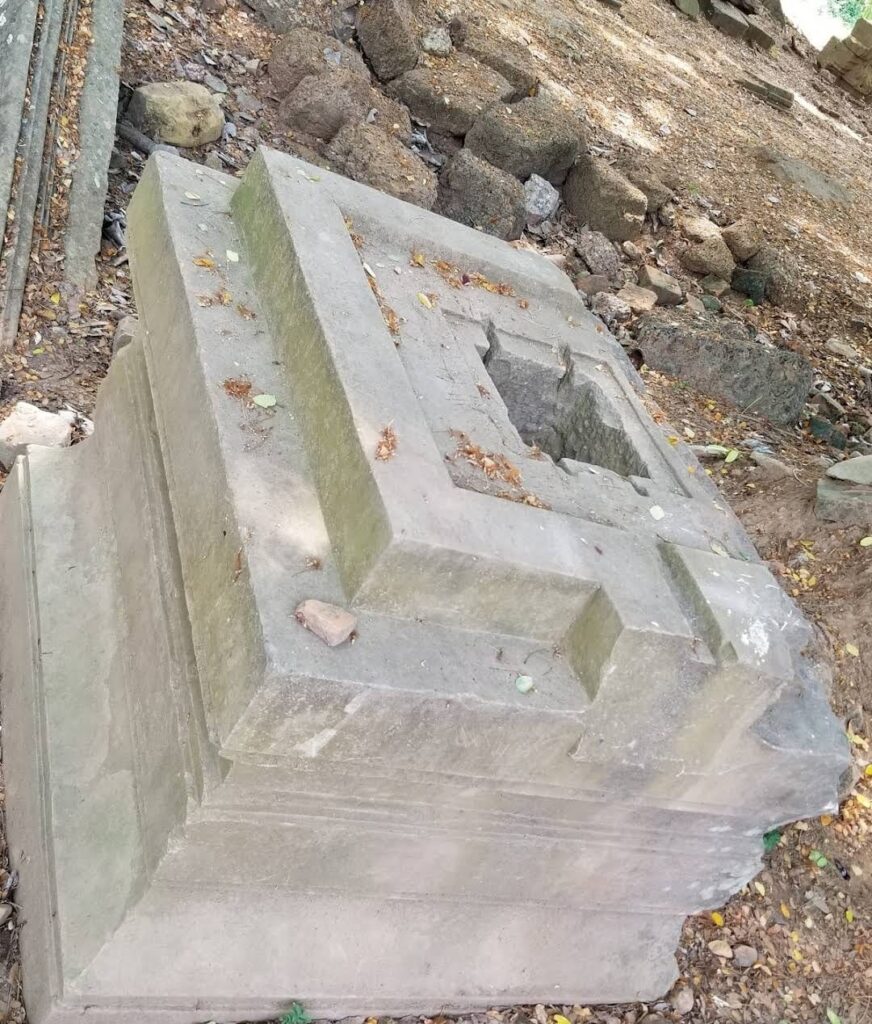MEGALITHIC ARTIFACTS OF SUNDALAND
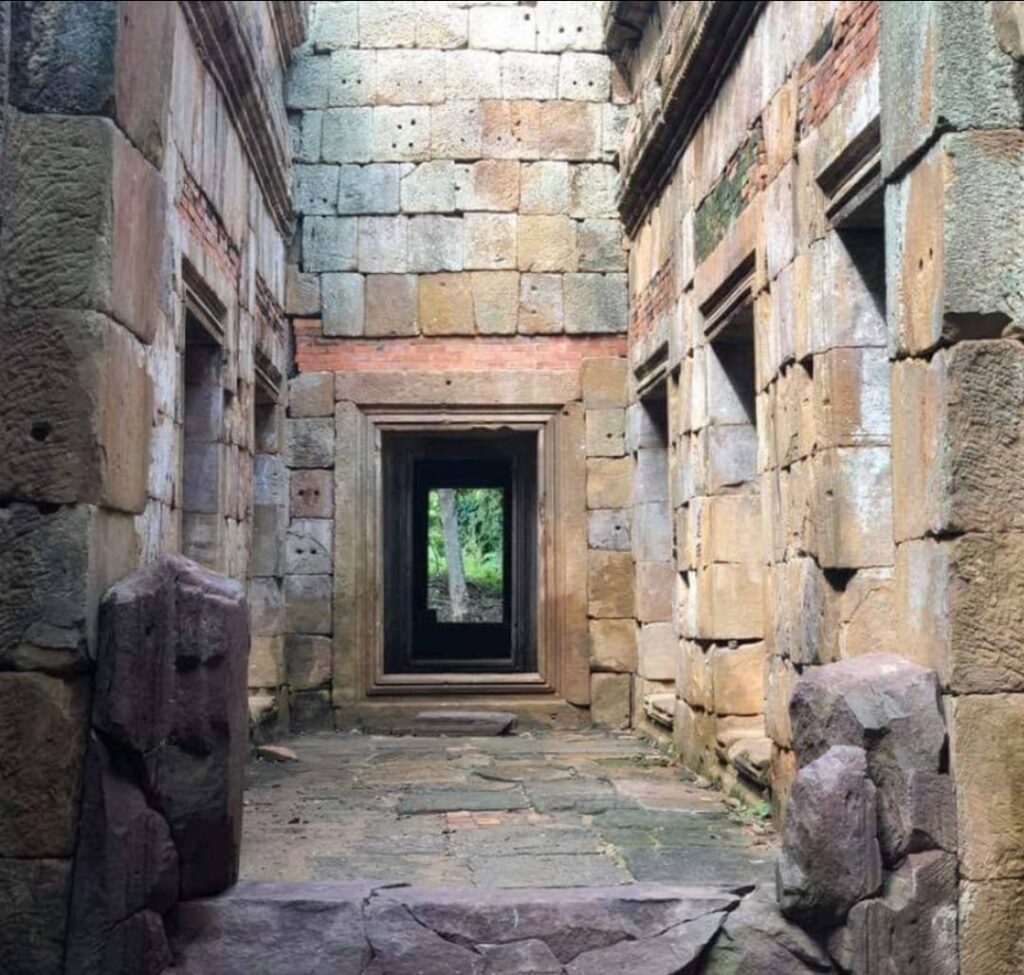
The Megaliths of Sundaland: Unraveling the Enigma of an Ancient Civilization
Beneath the waves of the South China Sea lies a submerged land known as Sundaland, a region that once connected several islands of Southeast Asia, including parts of modern-day Indonesia, Malaysia, and Thailand. This area is not only rich in biodiversity but also steeped in ancient history, boasting a series of enigmatic megalithic structures that provoke curiosity and speculation. These megaliths raise important questions about the civilizations that thrived here and the mysteries that still surround their existence.
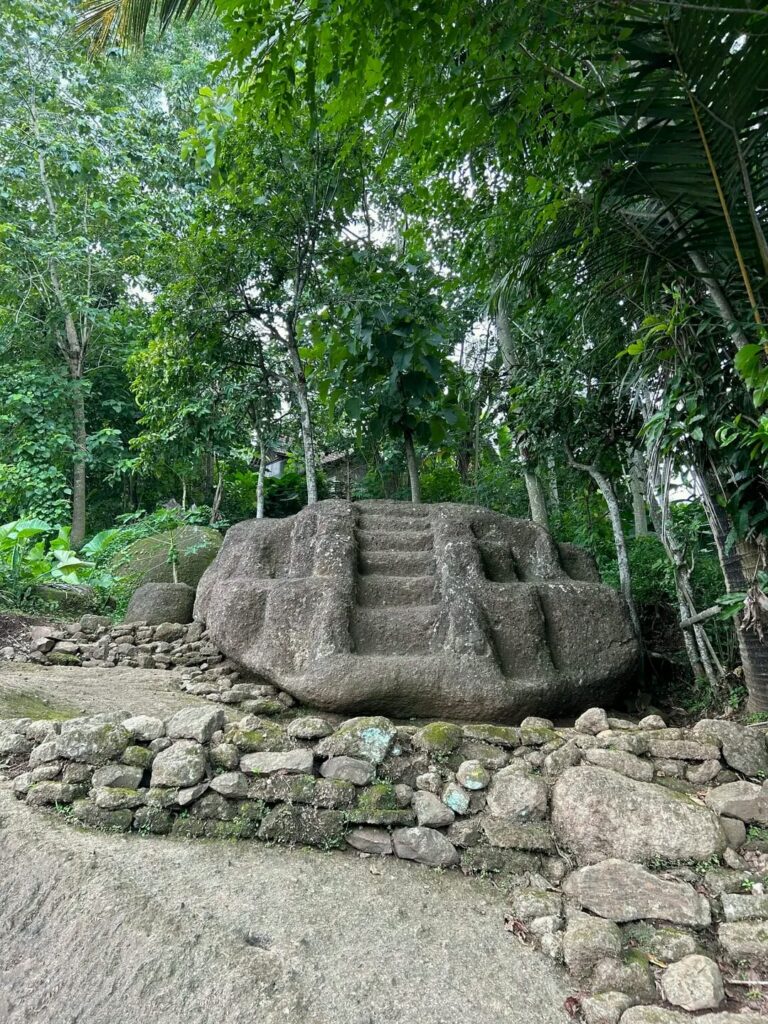
The Historical Context of Sundaland
Sundaland was once a vast landmass that emerged during periods of lower sea levels, allowing for the migration and settlement of early human populations. Archaeological evidence suggests that these populations were engaged in sophisticated agricultural practices and social organization long before the rise of historical kingdoms. As sea levels rose, much of this land became submerged, potentially erasing much of the history of its inhabitants.
The Megaliths: What Are They?
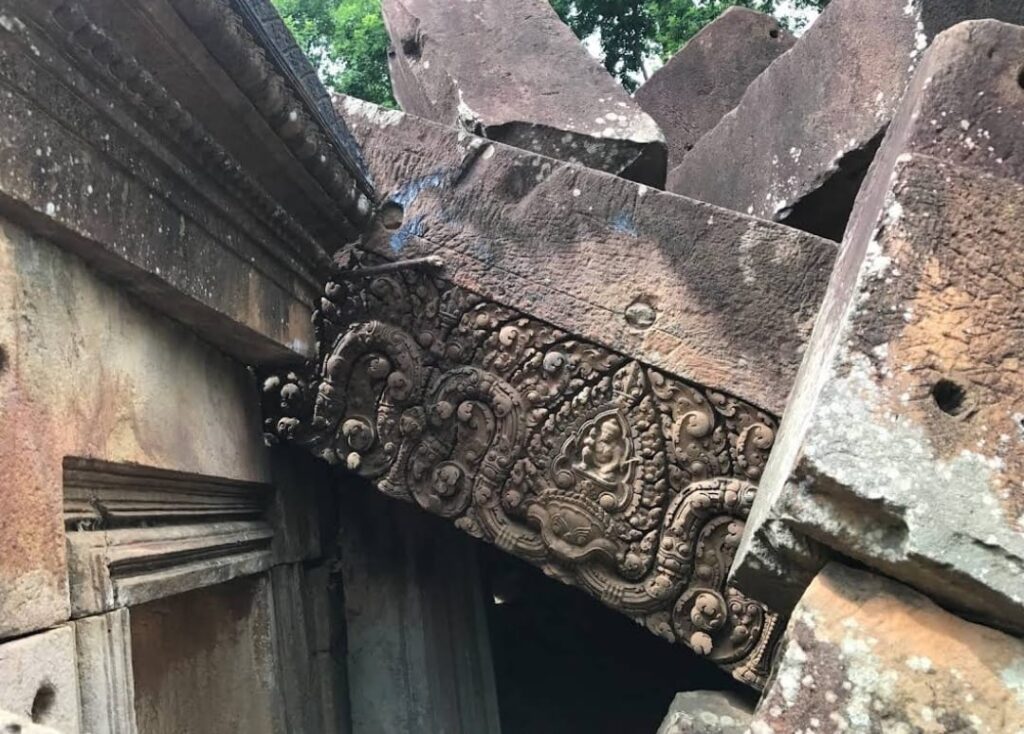
The megalithic structures in Sundaland include large stone formations and monuments, often associated with religious practices. These stones, some weighing several tons, were intricately carved and arranged, showcasing the advanced skills of the ancient builders. Sites such as the Bada Valley in Sulawesi, Indonesia, and the stone formations found on Nias Island are notable examples.
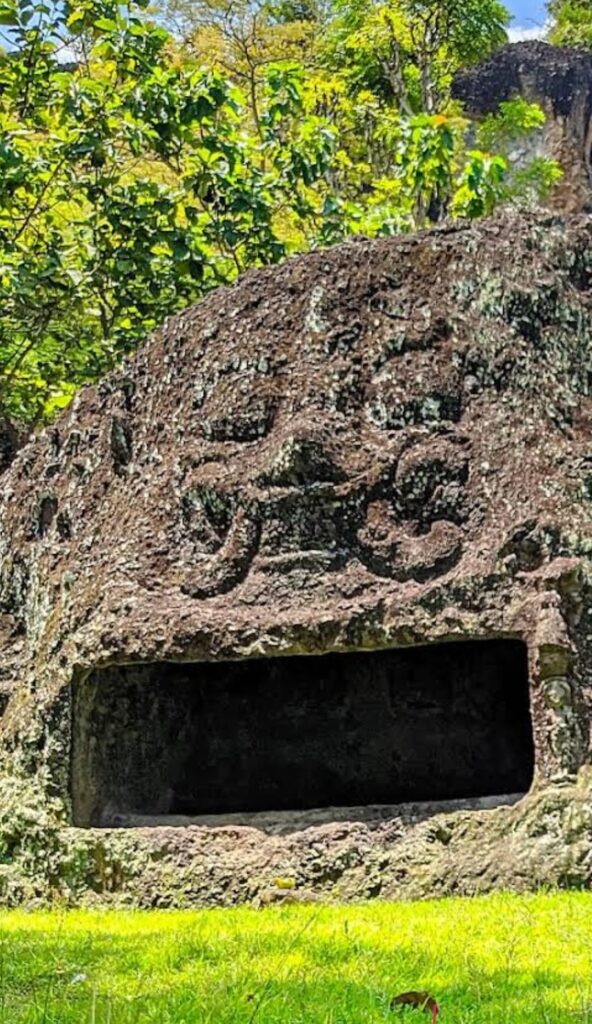
Why Are They So Enigmatic?
1. Lack of Documentation
One of the main reasons these megaliths remain enigmatic is the scarcity of written records. The early inhabitants of Sundaland did not leave behind extensive documentation of their culture, beliefs, or the purpose of these structures. Most of what we know comes from oral traditions and the work of modern archaeologists, making interpretations highly speculative.
2. Cultural Diversity
Sundaland was home to a multitude of ethnic groups and cultures, each with its own customs and beliefs. The megaliths reflect a rich tapestry of cultural practices, but their diversity complicates our understanding of their meanings and functions. Were these structures built for religious ceremonies, astronomical observations, or as markers of territorial boundaries? The answers remain elusive.
3. Archaeological Challenges
The submerged landscape of Sundaland poses significant challenges for archaeologists. Many potential sites lie beneath the sea, making excavation difficult. Additionally, coastal erosion and natural disasters have likely altered or destroyed many of these structures over time, further obscuring their histories.
4. Mythology and Legend
Local myths and legends add another layer of mystery to the megaliths. Stories of ancient giants, supernatural beings, and lost civilizations surround these stones, fueling intrigue and speculation. These narratives often intertwine with the megaliths, suggesting that they held great cultural significance beyond mere physical structures.
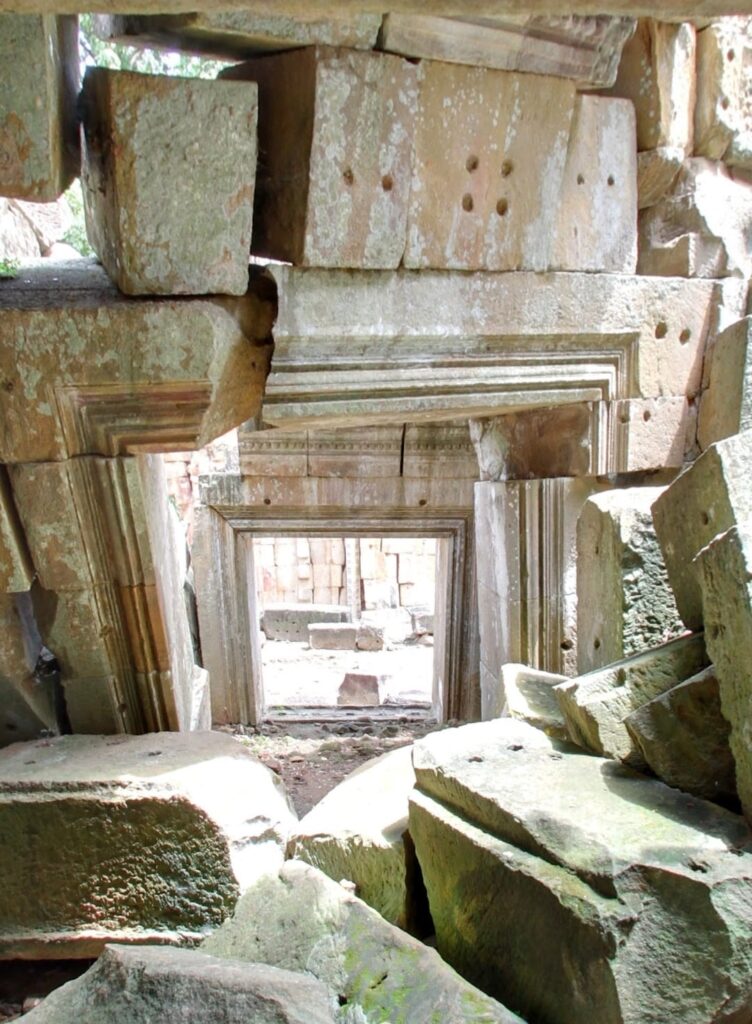
Cultural Heritage
Today, these megaliths are celebrated as important cultural heritage sites, and remind us of the rich history of human endeavor in Southeast Asia and the interconnectedness of cultures that once thrived in Sundaland.
Modern Implications
Understanding these ancient structures can also shed light on contemporary issues such as climate change and the loss of land. As rising sea levels continue to threaten coastal communities, the stories of Sundaland’s past can inform discussions about resilience and adaptation.
The megaliths of Sundaland remain a captivating enigma, inviting us to ponder the complexities of ancient civilizations that once inhabited this now-submerged land. As archaeological research continues to evolve, we may yet uncover more secrets hidden beneath the waves. These structures serve as a powerful reminder of our shared human history and the enduring quest to understand the past.
Exploring the megaliths of Sundaland is not merely an archaeological endeavor; it is an exploration of humanity’s resilience, creativity, and the mysteries that connect us all.
